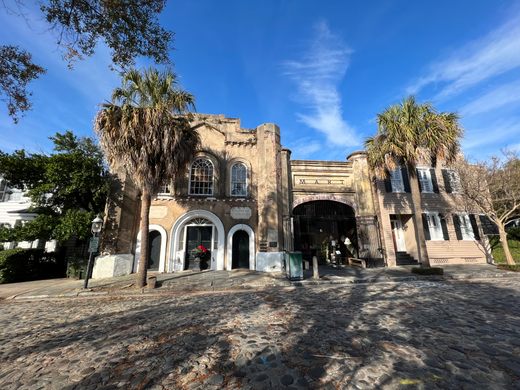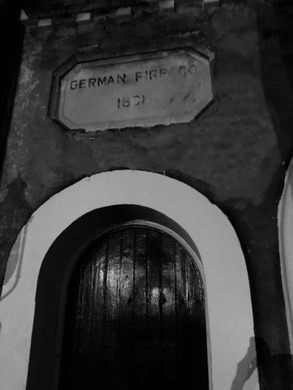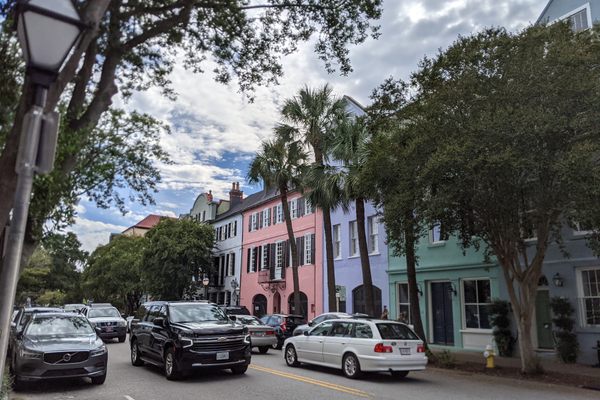AO Edited
Old Slave Mart
South Carolina's last remaining slavery auction house is now a museum devoted to its own tragic history.
Built in 1859, the Old Slave Mart was actually constructed due to a tightening of slavery laws that led to the creation of no-less-horrible private auctions.
Although Congress banned participation in the international slave trade in 1808, it did not outlaw the domestic trade in enslaved people of African descent until 1865. During the height of the American slave trade, as many as 35-40 percent of enslaved people passed through Charleston while being forced into labor at plantations across the American South. Traditionally the auctioning of enslaved people took place in public displays along the city’s north side, but in 1856, the city put a stop to the public sale of enslaved people.
This did not stop the practice, it simply prompted the creation of private auction houses like the Old Slave Mart. The auction front was built on Chalmers Street and soon became a bazaar of teeming private auction businesses. In addition to enslaved people, the mart also auctioned livestock and farmland. The cruel and inhumane industry came to an end when the Union army occupied Charleston, and over the years all of the auction houses except for the Old Slave Mart were dismantled.
In the years following the city’s initial emancipation efforts, the historic building was used as a tenement, a museum, and a car dealership. Today the site hosts a museum devoted to remembering the history of slavery in Charleston. The museum is even staffed by some members who have traced their heritage to enslaved people who were auctioned off in the very building.
While similar markets and locations around the country have been repurposed as historic buildings with little to no acknowledgment of their past, the Old Slave Mart faces its relationship to the horrific history of American slavery head on.
Know Before You Go
"The Market" refers to the open-air market found on Market St. Many have erroneously referred to this location as being the location of the slave market which is incorrect. The property was granted to the city by a private citizen with the strict stipulation of no slave commerce. You are better off asking people where you can find the "Slavery Museum". The Market and the museum is apx one block away from each other.

































Follow us on Twitter to get the latest on the world's hidden wonders.
Like us on Facebook to get the latest on the world's hidden wonders.
Follow us on Twitter Like us on Facebook